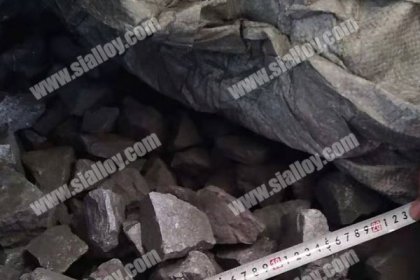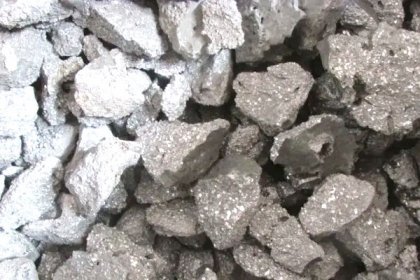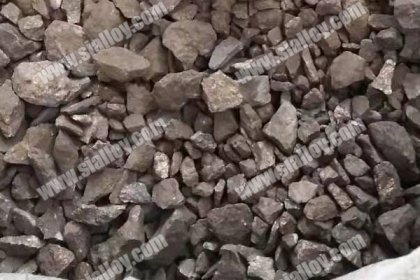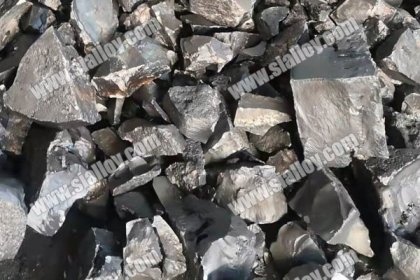nodular cast iron
Nodular cast iron is a gray cast iron with excellent mechanical properties. Generally, before pouring, a small amount of spheroidizing agent (usually magnesium, rare earth magnesium alloy or rare earth alloy containing cerium) and inoculant (usually ferrosilicon) are added to the molten iron to solidify the molten iron to form spheroidal graphite. This kind of cast iron has higher strength and toughness than other cast irons, and sometimes can replace cast steel and malleable cast iron, and has been widely used in the machinery manufacturing industry.
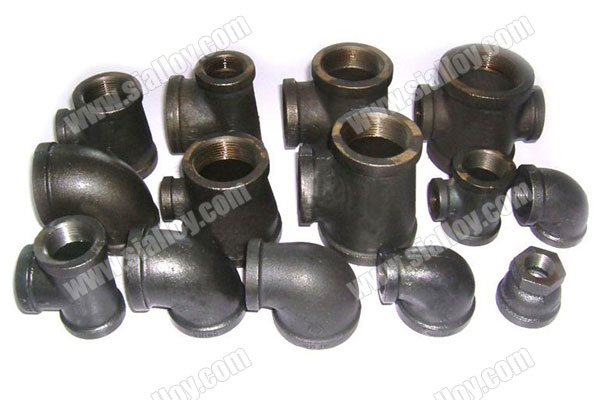

For the production of ferritic ductile iron, it is very necessary to choose high-purity raw materials. The content of Si, Mn, S and P in the raw materials should be less (Si<1.0%, Mn<0.3% S<0.03%, P<0.03% ), the content of some alloying elements such as Cu, Cr, Mo, etc. should be strictly controlled. Because many trace elements are most sensitive to spheroidization decline, such as tungsten, antimony, tin, titanium, vanadium and so on. The sulfur content of the original molten iron determines the amount of spheroidizing agent added. The higher the sulfur content in the original molten iron, the greater the amount of spheroidizing agent added, otherwise a good spheroidizing casting cannot be obtained. Before spheroidization, the S content in the raw iron liquid is controlled below 0.02%. When the sulphur content of the original molten iron before spheroidization is high, desulfurization must be carried out.
Spheroidizing agent and spheroidizing treatment
When producing thick section ductile iron parts, in order to improve the anti-decay ability, a certain proportion of heavy rare earth is added to the spheroidizing agent, which can not only ensure the content of Mg for spheroidization, but also increase the ability to resist decline. Of heavy rare earth elements, such as yttrium. According to the test and production practice of many domestic factories, it is very ideal to use the composite spheroidizing agent of Re-Mg and yttrium-based heavy rare earth as the spheroidizing agent for the production of thick and large section ductile iron parts. Using this spheroidizing agent in our company Very good results have also been achieved in the actual production and application process. According to relevant data, the spheroidizing ability of yttrium is second only to magnesium, but its anti-decay ability is much stronger than that of magnesium, and it does not return sulfur. Yttrium can be added in excess. When high carbon inoculation is good, cementite will not appear. In addition, yttrium and phosphorus can form high melting point inclusions, reducing and dispersing phosphorus eutectic, thereby further improving the elongation of ductile iron. In the spheroidizing process, in order to increase the absorption rate of magnesium, control the reaction speed and improve the spheroidizing effect, a special spheroidizing process is adopted. The control of the spheroidization treatment is mainly to control the reaction speed, and the spheroidization reaction time is controlled at about 2 minutes.
Inoculant and inoculation treatment
Spheroidizing treatment is the basis of ductile iron production. Inoculation treatment is the key to ductile iron production. The inoculation effect determines the diameter, number of graphite balls and the roundness of graphite balls. In order to ensure the inoculation effect, the inoculation treatment adopts multi-level inoculation. deal with. The closer the inoculation treatment is to pouring, the better the inoculation effect. It takes a certain time from incubation to pouring, the longer the time, the more serious the incubation decline. In order to prevent or reduce gestational decline, the following measures are adopted:
A. Use long-acting inoculants (silicon-based inoculants containing a certain amount of barium, strontium, zirconium or manganese);
B. Adopt multi-level inoculation treatment (inoculation in the bag, inoculation trough inoculation, instant inoculation at the nozzle, etc.);
C. Try to shorten the time from incubation to pouring.
The amount of inoculant added is controlled at 0.6~1.4%. Too little addition of inoculant directly results in poor inoculation effect and excessive inoculation, resulting in casting inclusions.
which is:
1. Strictly control raw materials, reasonably select chemical components, and reduce the content of elements that interfere with spheroidization.
2. Use effective anti-decay measures.
3. Choose a reasonable casting process.
4. Reasonably choose the spheroidization inoculation treatment method.
Anyang Huatuo Metallurgy in the raw materails for nodular cast iron for more than 10 years, can supply the high quality spheroidizing agent and inoculant, if any interests, please consult us.
Anyang Huatuo Metallurgy in the raw materails for nodular cast iron for more than 10 years, can supply the high quality spheroidizing agent and inoculant, if any interests, please consult us.
 中文
中文
